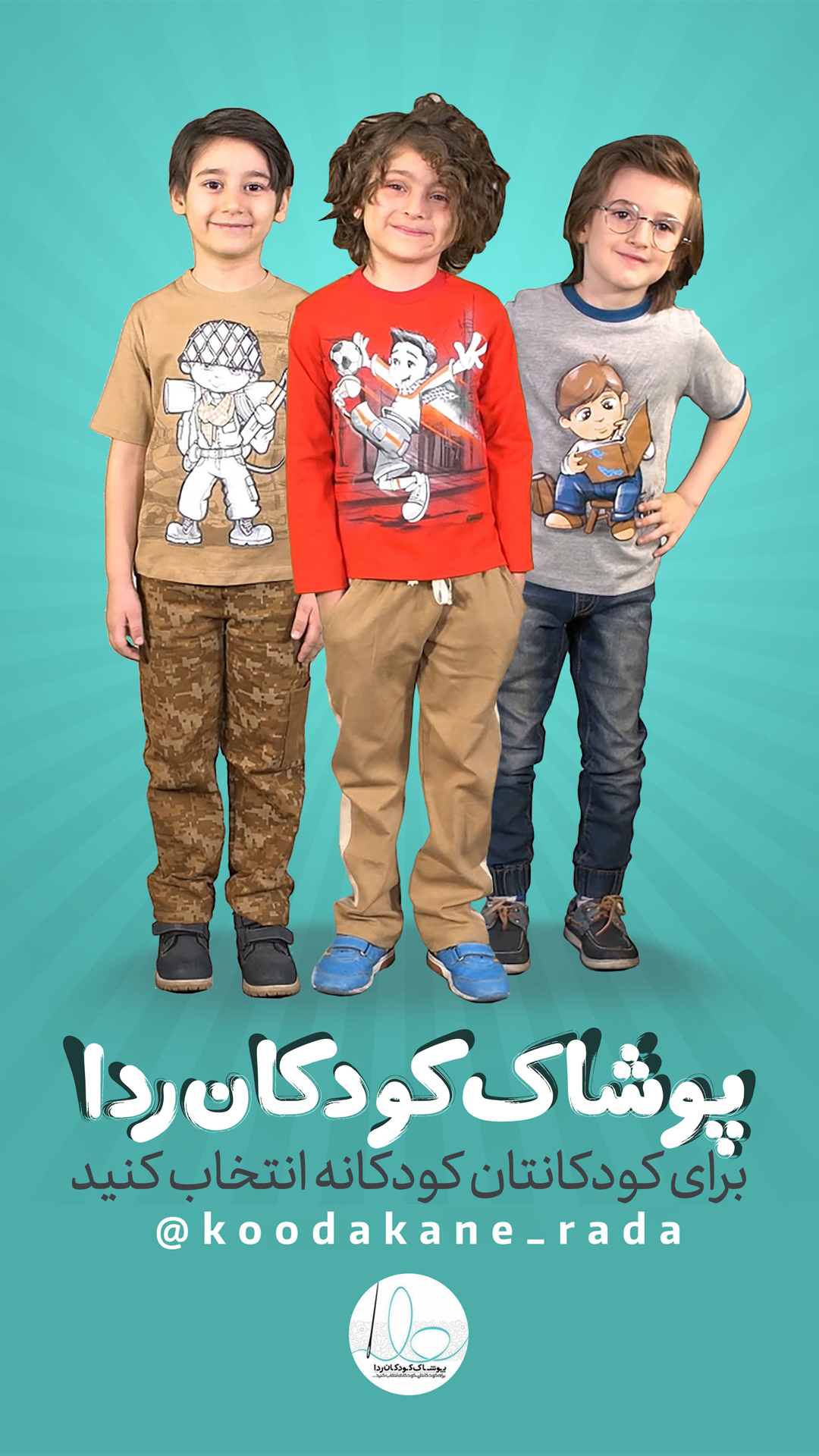Families face tough choice on when to resume pre-pandemic life while the kids are still not vaccinated
Many families will soon face a complicated choice about how quickly to resume their pre-pandemic activities.

According to kids news agency, More than 50% of American adults have already received at least one COVID-19 vaccine shot. At the current pace, virtually all adults who want to get vaccinated will have been able to get a shot by July. Yet relatively few children, especially younger children, will have been vaccinated by then. While the Pfizer-BioNTech vaccine may be authorized for children ages 12 to 15 as early as next month, younger children appear to remain months away from being eligible for any vaccine.
What should those families do this summer and next fall, as they consider sending children to day care, seeing relatives, socializing with friends, eating in restaurants or traveling on airplanes?
The answers will not be easy. Families will make different decisions based on their preferences. There will be more than one reasonable approach.
Some parents will choose to keep their children largely away from indoor social situations until vaccines are available for them. These parents will point out that some children have died from COVID-19, while a few thousand others have contracted a rare inflammatory condition. These parents will also rightly say that many things about COVID remain mysterious.
Future variants could cause more severe effects in children, and the long-term effects of COVID-19 are unclear. A cautious approach may be especially sensible for families in which the children have underlying health conditions or some adults have chosen not to be vaccinated.
But other parents will be more willing to resume many parts of normal life before all of their children have been vaccinated. And those parents will be making a decision that is as scientifically grounded as the more cautious approach.
I recognize that some readers will be skeptical of this argument. Many Americans have now spent 13 months in some version of lockdown, and imagining a return to normalcy can be as uncomfortable as it is exciting. Perhaps even more important, parents feel intensely protective about their children and are often happy to endure inconveniences or worse to protect their children from any danger.
Unfortunately, there is no risk-free option available to parents in the coming months. Keeping children at home — away from their friends, activities, schools and extended family — can also harm them, as multiple studies have suggested.
“It’s really important to look at a child’s overall health rather than a COVID-only perspective,” Dr. Amesh Adalja, a pandemic expert at Johns Hopkins University, told me. Keeping children isolated is particularly fraught for lower-income parents, because it forecloses child-care options and can keep them from working a normal schedule.
Any decision about family life over the next several months will have to involve weighing one set of dangers against another. My goal here is to walk you through the risks that COVID poses to children.
As a comparison, let’s start with its effect on adults. For them, COVID-19 has exacted a brutal toll, one large enough to warrant the shutdown of much of daily life. The disease has killed about 16 times more Americans than the flu would have in a typical year.
Nationwide, COVID-19 was the third-leading cause of death in 2020, after heart disease and cancer. Even for adults who are only in their 30s, COVID-19 has meaningfully increased the dangers of everyday life: It appears to have been the fifth most common cause of death over the past year, after accidents, suicide, cancer and heart disease — and ahead of murder, liver disease, diabetes and every other cause.
But COVID’s effect on children has been fundamentally different from its effect on adults. For children, COVID looks much more like the kind of risk that society has long tolerated, without upending daily life.
“For the average kid, COVID is a negligible risk,” Dr. Aaron Richterman, an infectious disease specialist at the University of Pennsylvania, told me. Richterman added that he would not upend his family’s life to avoid every possible exposure to children.
To put this in perspective, I worked with experts and colleagues to compile data comparing COVID-19 with influenza in recent years. The underlying numbers come from the Centers for Disease Control and Prevention. They are necessarily incomplete, because not all cases of COVID or the flu are diagnosed. But academic researchers have published work that estimates the number of undiagnosed cases, which makes the comparisons meaningful.
Consider that COVID-19 has killed fewer than 450 Americans under the age of 18, which is fewer than a flu season often does. The flu can be deadlier for children than COVID has been, even though most children receive a flu vaccine. While some of the new coronavirus variants may be more severe, the difference is not big enough to change any of the fundamental comparisons. “It’s very unusual for kids to get very sick,” Dr. Rebecca Wurtz of the University of Minnesota said.
The low toll of COVID-19 on children is not just because millions of them have largely stayed at home over the past year and avoided getting the virus. Among those children who have contracted COVID-19, the death rate still looks similar to the death rate from the flu.
These numbers offer a reminder that influenza is a serious disease. In an average year, it kills about 35,000 Americans, which is nearly as many deaths as are caused by gun violence. The flu’s toll is worse for Black, Latino and Native Americans, as is the case with COVID.
Still, the flu does not upend most children’s lives. They go to school when the flu is circulating. Americans have understandably decided that keeping children away from their classrooms, day care centers, friends, relatives and activities would bring a larger cost than shielding them from the flu. And COVID-19 appears to present a smaller risk to children than many flu seasons.
“For people under the age of 18, COVID is really not that big of a risk,” said Stephen Kissler, a researcher at Harvard’s T.H. Chan School of Public Health. “I do think of it as on par with the risk from flu.”
It’s also helpful to put COVID-19 in the context of other risks that children face. About twice as many children drown in a typical year as have died from COVID-19 over the past year. About five times as many die in vehicle accidents. If protecting children from small but real risks of serious harm were society’s top goal, keeping children away from pools and cars would probably have a bigger effect than isolating them in coming months.
There is also evidence that Americans are exaggerating COVID’s risks to children. When a large survey by Gallup and Franklin Templeton asked people to estimate the share of COVID deaths that have occurred among people under age 25, the average answer was 8% (and Democratic voters tended to give higher estimates than Republican voters did). The actual answer was 0.1%. By contrast, Americans badly underestimated the share of deaths among people over age 65.
Jennifer Nuzzo, a public health researcher at Johns Hopkins, told me that she viewed decisions about children’s activities as a matter of personal choice that different parents would make differently. In her family, she said, she was worried about how a year of pandemic life had hurt her children by making them less comfortable in social situations. Once all the adults are vaccinated, she plans to restart more activities.
“I can accept the risks of my kids getting COVID, in part because I compare it to the risk of them getting other infectious diseases and the risk seems very, very small,” Nuzzo said. “I feel that if my kids were to get COVID, they would be OK. I also see the direct harms of their not having a normal life.”
Of course, many parents aren’t worried only about death or hospitalization with COVID-19. They are also anxious about chronic long-term effects, like potential neurological or cardiac damage. This is a murkier area — and arguably the best case for treating COVID exposure as different from flu exposure. There is a reason scientists use the term “novel coronavirus” to describe this virus: It’s new. We don’t yet know what its eventual effects will be.
Already, some people have suffered from a condition known as long COVID, with protracted fatigue and other symptoms. A recent study published in Nature Medicine found that 2.3% of COVID patients had symptoms that lasted for at least 12 weeks.
Still, it is worth remembering that some of the focus on these long-term symptoms reflects the current attention on all things COVID. The chronic effects of COVID may well be worse than the chronic effects of familiar illnesses like the flu, but it is not yet clear how much worse. One academic study found that up to 10% of people who contracted influenza later developed myocarditis, or cardiac inflammation.
For children, the evidence so far does not offer much reason for alarm about COVID-19′s long-term effects. They are much less likely than adults to contract virtually every worrisome version or symptom of the disease.
So what should your family do once the adults in it are vaccinated? Until all adults have had a chance to receive a shot, experts recommend caution, because children can spread the virus. Even after that, some basic safety measures will make sense, Nuzzo points out. They include wearing masks when in close contact with people who may not be vaccinated and avoiding situations that offer little benefit but a meaningful risk of infection. Taking children to a crowded, poorly ventilated restaurant, for example, seems questionable.
But it’s important to keep in mind that acting in the best interests of children is not the same thing as minimizing COVID risk. “Everything has risk,” as Adalja of Johns Hopkins said. For more than a year, many Americans have reordered their lives because of the extreme danger of COVID-19. And COVID continues to dominate our thinking. Whether it should dominate our children’s lives is a different question.






ارسال نظر